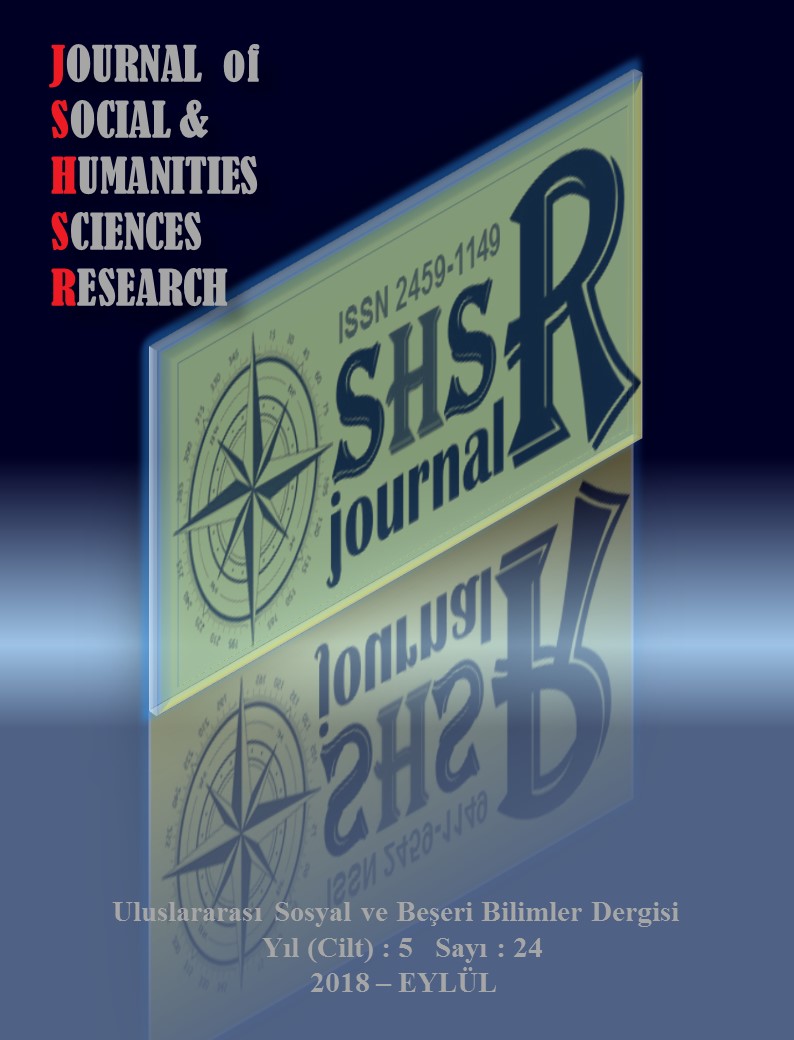THIRTEENTH-CENTURY COMMUNITY MASJIDS WITH MINARETS IN KONYA
DOI:
https://doi.org/10.26450/jshsr.562Keywords:
Konya, Masjid, minaretAbstract
Minarets, which are among the characteristic elements of Islamic architecture, are some of the most significant parts of mosques and masjids. The formation of minarets that are used to reach more people by calling them to pray five times a day differs by the specifications of the neighboring buildings and the time. The dimensions and forms of the minarets standing next to the thirteenth-century Anatolian masjids are smaller than the traditional mosque minarets. The minarets of these masjids generally have square, rectangular or octagonal bases.
This study examined thirteenth-century masjids that are situated in three central counties of Konya. Hoca Hasan Masjid, Sırçalı Masjid, Zenburi Masjid, Devlet Hatun Masjid, İnce Minareli (Thin Minaret) Masjid, Bulgur Dede Masjid and Beyhekim Masjid are the Anatolian masjids that were constructed to have minarets according to their planning. The main material of this study includes the field and archive studies conducted in Meram, Karatay and Selçuklu counties of Konya. The findings and community masjids that were reviewed in this study were interpreted by their plans and construction methods and material, and visual elements were also used
Downloads
Published
How to Cite
Issue
Section
License
Copyright (c) 2018 INTERNATIONAL JOURNAL OF SOCIAL HUMANITIES SCIENCES RESEARCH

This work is licensed under a Creative Commons Attribution 4.0 International License.


